Hauling in a catch and ending the day with a smile on your face is what every angler dreams of. Once you’ve landed your catch, what’s the best way to keep it fresh until you’re ready to cook it?
Keeping your fish fresh from the moment you catch it until it’s ready to be cooked is extremely important. That’s where backpack coolers come in handy! Yet, ice chests are no longer the only option available for keeping your fish cool. Insulated fish bags and backpacks with coolers now provide options with their advantages and disadvantages.
This ultimately depends on the unique features and benefits you value most in a fishing bag. In this article, we will explore the various types of fishing coolers available and assist you in selecting the one that best suits your needs.
Fishing Ice Chest vs Fish Bag vs Backpack
Picking the right cooler makes a huge difference in the success of your fishing trips and the freshness of your catch. Knowing the ins and outs of each type will allow you to select the perfect cooler to optimize your fishing trips.
1. Fishing Ice Chests (Hard Coolers)
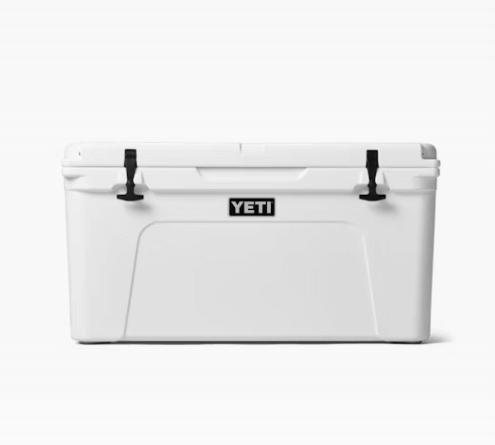
Fishing ice chests, commonly known as hard coolers, are a timeless and widely known option in the cooler world. Hard-sided coolers are built with strong, well-insulated walls. Also, a tight-fitting cover is required to maintain maximum ice retention and long-lasting use. You can find hard coolers in many different sizes, ranging from lightweight personal options to large, multi-day coolers.
Key Features:
- Robust Construction: Typically made from durable plastics or rotomolded polyethylene, offering excellent impact resistance.
- Superior Insulation: Extremely well-insulated construction allows you to maintain frozen temperatures in the chest for days on end.
- Secure Latching Systems: Heavy-duty latches create a tight seal, preventing cold air from escaping and warm air from entering.
- Drain Plugs: The drain plugs make it simple to empty water that has formed from melting ice.
- Carrying Handles: Rugged handles are designed to make it easier to carry the cooler anywhere you need to go. Some of the bigger sizes are equipped with wheels to make moving them around easier.
- Versatile Functionality: They are also suitable for camping, tailgating, and a variety of other outdoor adventures.
Pros:
- Excellent Ice Retention: They often preserve ice the longest when compared to fish coolers in other forms.
- High Durability: Designed to hold up well during outdoor adventures.
- Large Capacity Options: Available in capacities able to accommodate large catches.
- Multi-Purpose Use: Perfect for a variety of outdoor adventures and projects. Also serves as a seat for relaxing or a flat area for Chopping Fish. Solid lids are typically able to withstand pressure and serve as a solid surface.
Cons:
- Bulky and Heavy: May be difficult to move when fully loaded or if choosing a large size.
- Takes Up More Storage Space: Takes up a lot of storage when you’re not using it.
- Can Be More Expensive: Buying a top-notch hard cooler, particularly one made from rotomolding, can involve a hefty sum.
- Limited Portability in Certain Situations: Can be challenging to transport on uneven terrain or smaller boats.
Best For:
- Longer Fishing Trips: Ideal for multi-day excursions where maintaining ice for extended periods is crucial.
- Larger Catches: Suitable for storing a significant volume of fish, including larger species.
- Boat Fishing: Works well on boats with ample deck space.
- Shore Fishing with Easy Access: Suitable when you don’t have to hike long distances with your gear.
- Species that require consistent and prolonged cooling: such as tuna, salmon, and larger bottom fish.
If you are interested in getting a fishing ice chest, you can check out the YETI Tundra 65 Hard Cooler. It features Rotomolded construction for exceptional durability, PermaFrost™ Insulation for superior ice retention, T-Rex™ Lid Latches for a secure closure, BearFoot™ Non-Slip Feet, and a Vortex™ Drain System.
YETI is renowned for creating coolers that are incredibly tough and keep ice for longer periods. Fishers feel confident that the Tundra 65 will maintain their haul’s freshness throughout multi-day expeditions. It stands up to all the demands of fishing and boating. While also a reliable asset for a range of outdoor activities.
2. Insulated Fish Bags
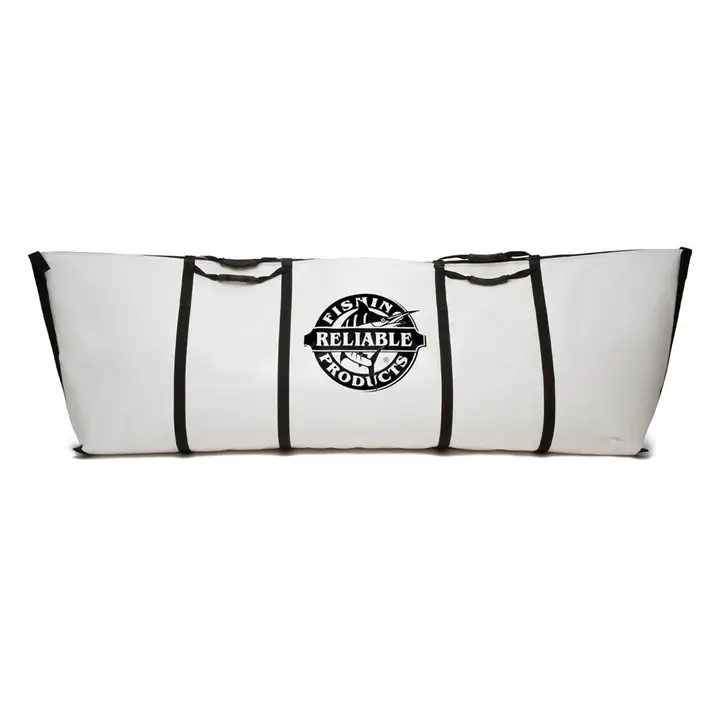
Insulated fish bags or “kill bags” are lightweight and fully insulated bags that preserve the freshness of caught fish on fishing vessels. Most insulated fish bags boast a tough outer shell that’s waterproof. They are lined with a material that deflects heat while offering ample padding between the walls. They can be folded and stored away when not in use.
Key Features:
- Flexible and Collapsible: Can be folded flat for easy storage when not in use.
- Heavy-Duty Insulation: Thick, closed-cell foam or similar materials provide excellent thermal retention.
- Waterproof and Durable Outer Shell: Constructed from rugged, waterproof materials like PVC or vinyl.
- Heat-Reflective Inner Lining: Often features a reflective material to further minimize heat absorption.
- Carry Straps and Handles: Equipped with sturdy straps and handles for easy carrying.
- Drain Plugs: Some models include drain plugs for releasing melted ice water.
Pros:
- Space-Saving: Collapsible design saves valuable space on smaller boats.
- Lightweight and Portable: Easier to carry compared to hard coolers, especially when empty.
- Excellent Insulation for Their Size: Offers impressive ice retention despite being less bulky than hard coolers.
- Specifically Designed for Fish: Shape and size are often optimized for accommodating fish.
- Easy to Clean: Waterproof materials make them easy to rinse and wipe down.
Cons:
- Less Durable Than Hard Coolers: More susceptible to punctures and tears.
- Limited Structure: Can be floppy and less stable than hard coolers.
- May Not Be Ideal for Non-Fishing Activities: Primarily designed for keeping fish cold.
- Can Be More Expensive Than Basic Hard Coolers of Similar Capacity.
Best For:
- Boat Fishing: Perfect for keeping fish fresh on deck without taking up too much space.
- Kayak Fishing: Lightweight and collapsible design is ideal for the limited space on kayaks.
- Nearshore and Offshore Fishing: Suitable for keeping a good catch cold during a day trip.
- Medium-Sized Fish Species: Well-suited for storing species like snapper, grouper, and smaller tuna.
You can check out the Reliable Fishing Kill Bag. They are made of heavy-duty, puncture-resistant PVC material, and 1/2″ closed-cell foam insulation, a heat-reflective inner liner, durable carry straps, and a corrosion-resistant zipper.
Reliable Fishing Bags have gained a reputation for their strong build and reliable ice retention. Anglers value how easily the Reliable bags keep fish cool while fishing, and their compact build, along with being easy to clean. The high-quality construction makes them ideal for brave warriors venturing out on rough waters.
3. Fishing Backpacks With Cooler
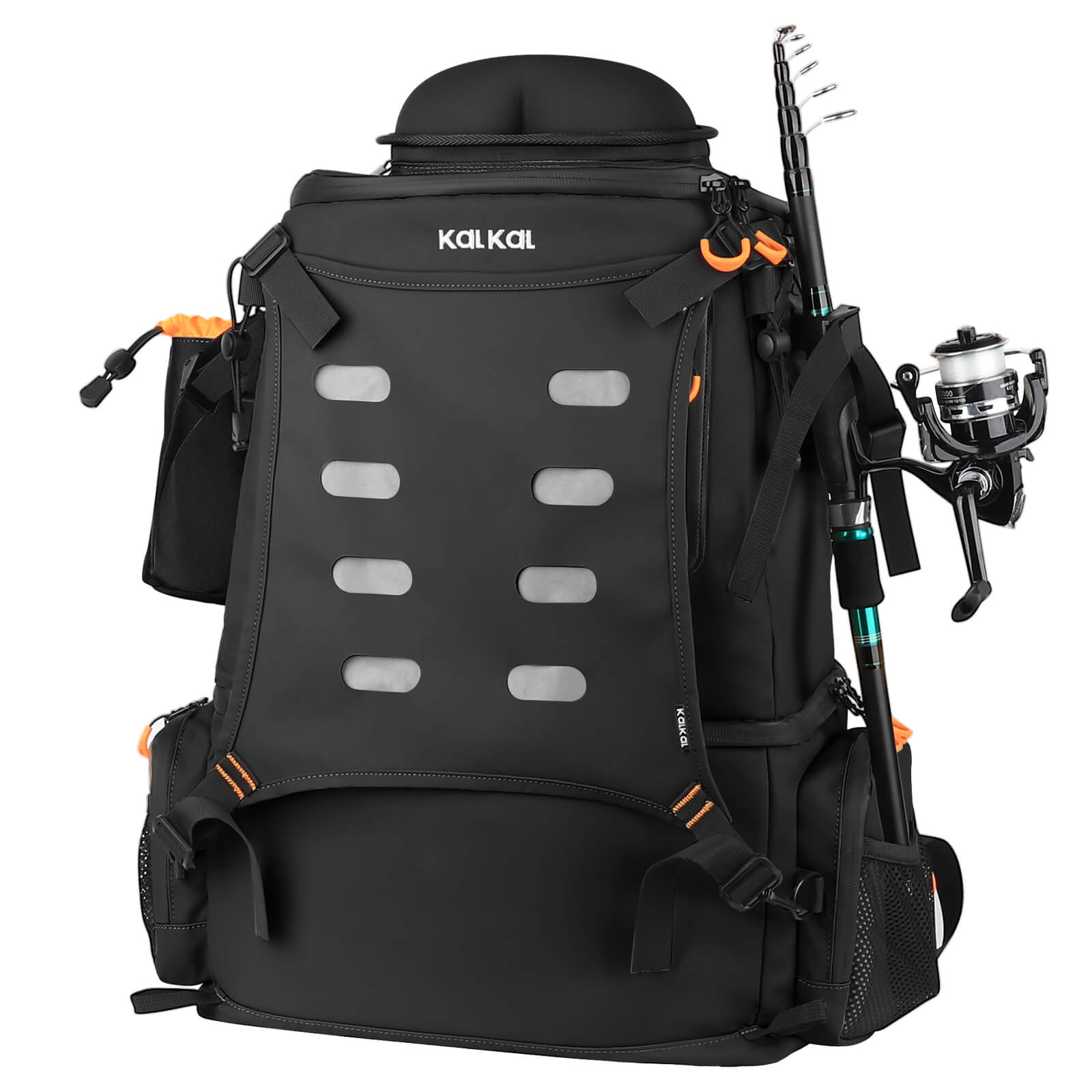
Certain fishing backpacks come with an insulated compartment in addition to the standard fishing backpack features. Anglers can use them to transport their gear and a few cold drinks, keeping their hands free.
Key Features:
- Multiple Compartments: Dedicated sections for tackle boxes, tools, and other fishing essentials.
- Insulated Cooler Compartment: A separate, insulated section designed to hold drinks, snacks, or a small amount of fish.
- Comfortable Carrying System: Padded shoulder straps and back panels for comfortable all-day wear.
- Durable Materials: Constructed from water-resistant and durable fabrics.
- Various Sizes and Configurations: Available in different sizes and with varying numbers of compartments.
Pros:
- Hands-Free Portability: Allows anglers to carry their gear and chilled items comfortably, leaving their hands free for fishing.
- Organized Storage: Multiple compartments keep tackle and gear organized and easily accessible.
- Lightweight and Maneuverable: Easier to carry over long distances and on challenging terrain compared to traditional coolers.
- Convenient for Short Trips: Ideal for shorter fishing excursions where a large cooler isn’t necessary.
Cons:
- Limited Cooler Capacity: The insulated compartment is typically smaller than dedicated coolers or fish bags.
- Shorter Ice Retention: Insulation may not be as thick as dedicated coolers or fish bags, resulting in shorter ice retention.
- Primarily for Smaller Catches or Bait: Best suited for keeping a few smaller fish or bait chilled.
- May Not Be as Durable as Dedicated Coolers: The cooler compartment is integrated into a fabric backpack.
Best For:
- Shore Fishing and Hiking: Perfect for anglers who need to hike to their fishing spots.
- Fly Fishing: Allows fly anglers to carry their gear and keep drinks and snacks cold while wading or walking along the riverbank.
- Short Fishing Trips: Suitable for shorter outings where a large catch isn’t expected.
- Keeping Bait and Small Fish Chilled: Ideal for keeping live or cut bait fresh and a few smaller fish cool.
Try the Kalkal Backpack with Cooler Compartments. It is made of waterproof and durable materials, has a large upper storage area, lower tray storage for up to four #3600 style tackle trays, multiple pockets to store other accessories, and rod holders to carry your fishing rods.
Kalkal fishing backpacks provide outstanding storage for fishing gear and are incredibly convenient to use. Fishermen enjoy having a place for everything and easy access to cold drinks and snacks while on the water. You can have just one backpack for all.
Comparisons Between Chest, Bag and Backpack
| Feature | Fishing Ice Chest | Insulated Fish Bag | Fishing Backpack |
| Ice Retention | Excellent (Days) | Moderate (Hours to day+) | Fair (Hours) |
| Capacity | Small to Very Large | Medium to Large (long) | Small to Medium (cooler part) |
| Portability | Low (Heavy, Bulky) | High (Lighter, Foldable) | Very High (Hands-free) |
| Durability | Very High | Moderate | Moderate (backpack overall) |
| Space Efficiency | Low | High (when empty) | High (consolidates gear) |
| Ease of Cleaning | High | Moderate to Low | Moderate (cooler section) |
| Primary Use | Max ice, large catch, boat | Mobile, space-saving | Tackle + limited cooling |
| Cost | Moderate to Very High | Low to Moderate | Moderate to High |
Which One Do You Really Need?
Selecting the right fishing cooler for your needs and preferred type of fishing comes to the forefront. Keep these points in mind to choose the best cooler for your fishing needs.
- Types of Fishing: Do you mostly fish from boats, on the shore, or often hike to secluded fishing spots? Boat anglers often benefit from using hard coolers or fish bag assistants. While shore anglers and hikers find that backpack coolers make the most sense.
- Length of the Fishing Trip: For shorter fishing trips, a backpack cooler or a more compact fish bag could work well. Longer fishing trips require a hard cooler with exceptional ice retention capabilities.
- Types of Fish Usually Targeted: For fishing to bring back a lot of big fish, a capacious hard cooler or fish bag is necessary. A backpack cooler is often sufficient for carrying a daily catch, bait, and keeping food cool.
- Budget: High-end hard coolers tend to be pricier compared to other options in the market. Fish bags offer a good balance of performance and price, while backpack coolers are generally the most affordable option, albeit with limited capacity and insulation.
- Portability and Storage: Plan how you will carry the cooler to your fishing site and what to do with it when not fishing. If you’re working with limited space, a collapsible fish bag or a backpack cooler is likely your best option.
- Durability Requirements: When you’re dealing with tough fishing conditions or regularly exerting your cooler to its limits. A reliable hard cooler is best to withstand the extra stress.
Pro Tips for Keeping Your Catch Fresher, Longer
Following these tips ensures you can maintain the freshness of your fish no matter which cooler you use.
- Pre-Chill Your Cooler: Chill a cooler by putting ice or ice packs inside for several hours or the evening before you go fishing. That way, your cooler will be better and able to keep its stored items cold.
- Use Enough Ice: Using plenty of ice will help it keep its energy for longer and keep your fish extra fresh. A good rule of thumb is a 2:1 ratio of ice to fish.
- Consider Different Types of Ice: Large blocks of ice last longer than cubes and will keep your food colder for a longer period. Alternatively, you can use frozen water bottles that won’t drip and leak onto your fish.
- Properly Bleed and Gut Your Fish: Gut and properly bleed your fish immediately after catching them. Bleeding your fish as soon as you catch it reduces bacteria and slows its deterioration.
- Keep Fish Out of Direct Contact with Meltwater: Make sure fish stay away from the meltwater produced by ice. Try to keep your fish off the meltwater by placing them on a bed of ice.
- Minimize Opening the Cooler: Each time you open the cooler, you lose cold air and permit warm air to get inside. Aim to restrict your openings to essential occasions and minimize the length of time each one lasts..
- Pack Fish Properly: Arrange fish in layers with ice in between to ensure even cooling.
- Clean Your Cooler Regularly: After each fishing trip, thoroughly clean your cooler with soap and water to prevent bacteria buildup and odors.
Conclusion
The best choice depends on a range of factors unique to you and your fishing preferences. Each alternative is designed to meet specific outdoor angling needs and match up with individual anglers’ preferences.
Considering your fishing situation, gear requirements, and storage requirements, you can select the cooler that will keep your catches fresher and maximize your enjoyment on the water.
Your choice is between a hard cooler, a fish bag, or a backpack cooler. They will each help ensure that your catch stays fresh and your fishing experience is as enjoyable as possible.


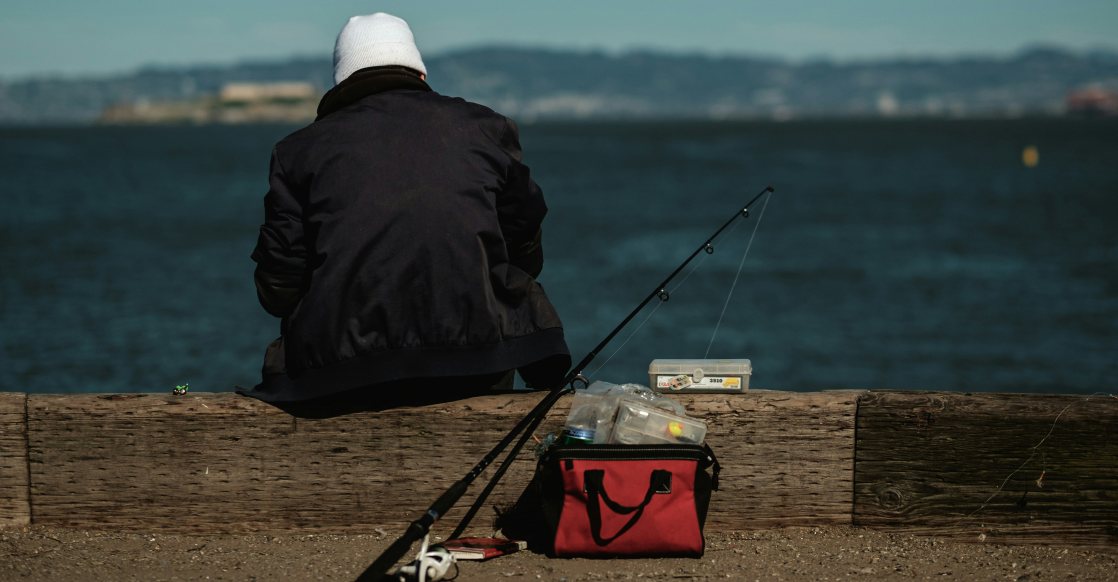
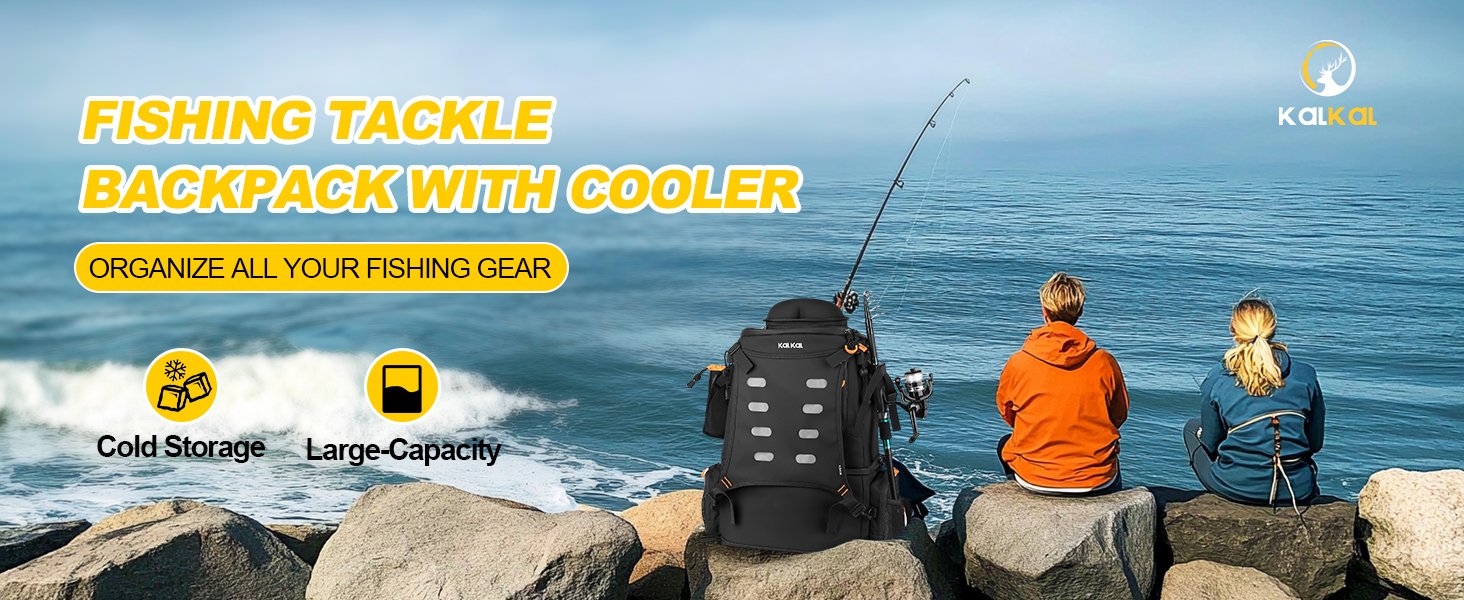
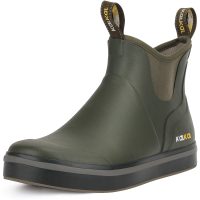
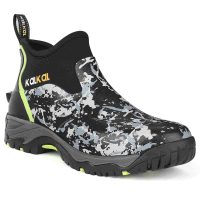

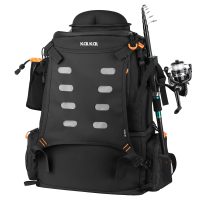





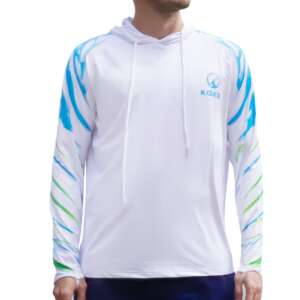
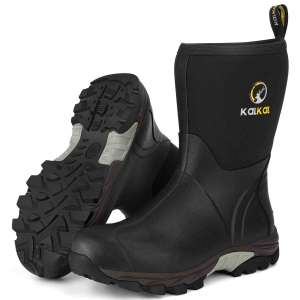
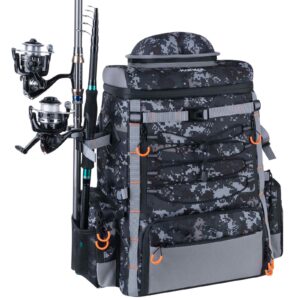
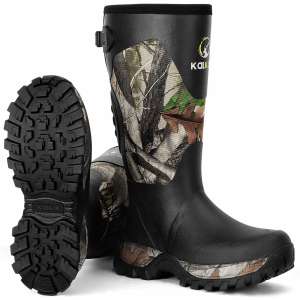
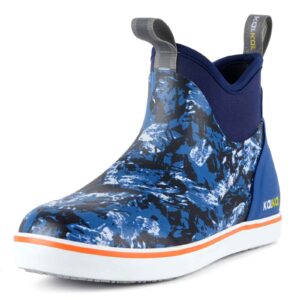
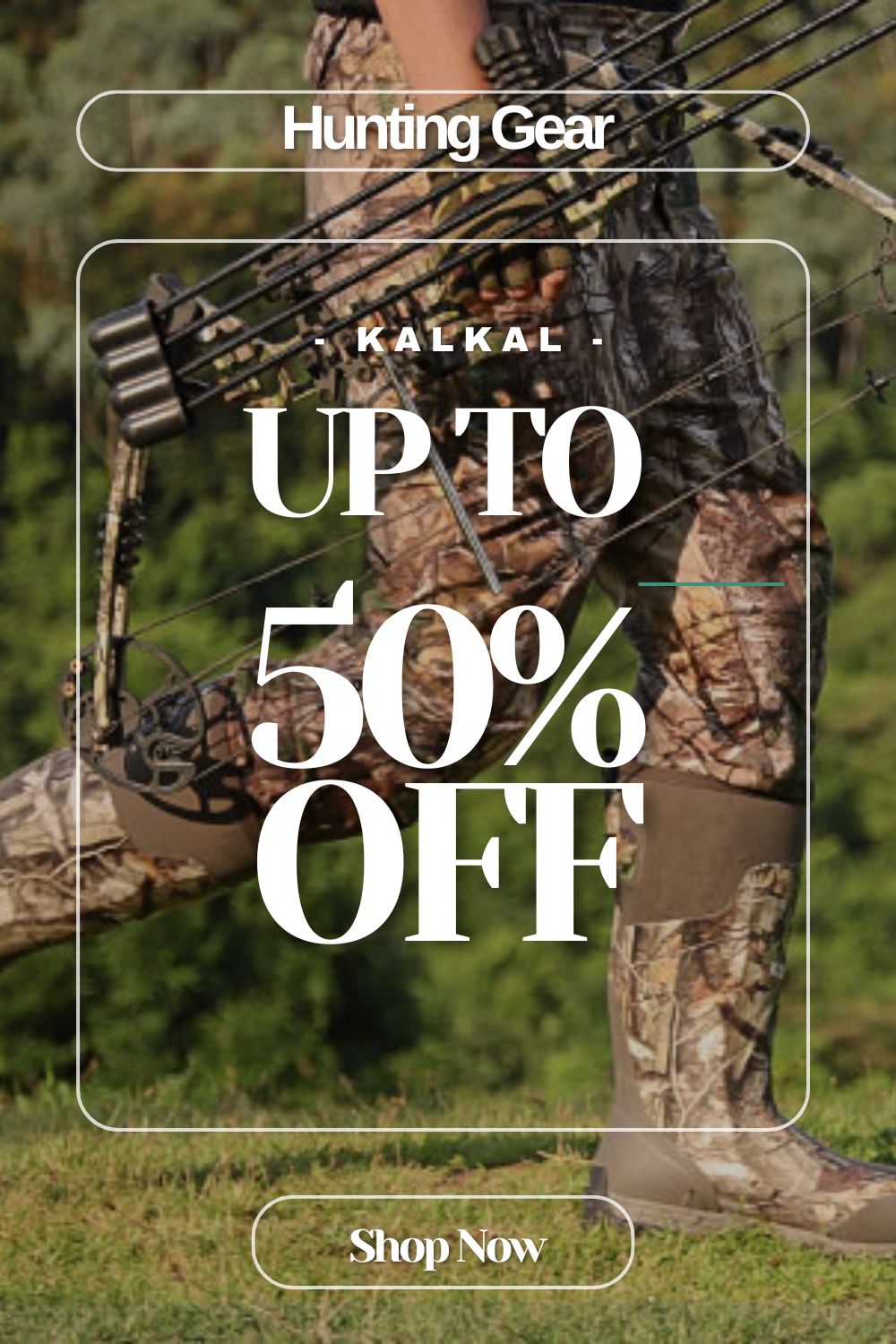

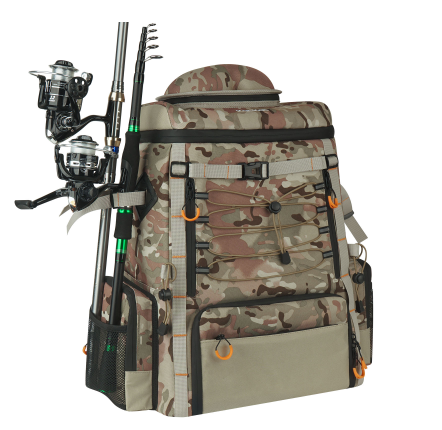
Leave a reply